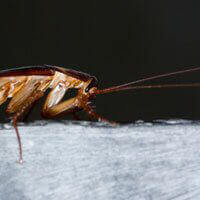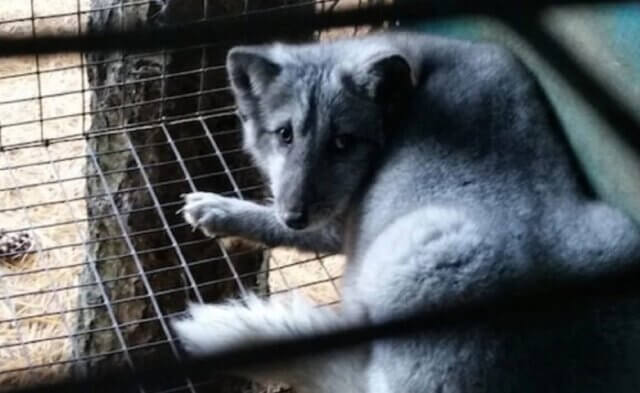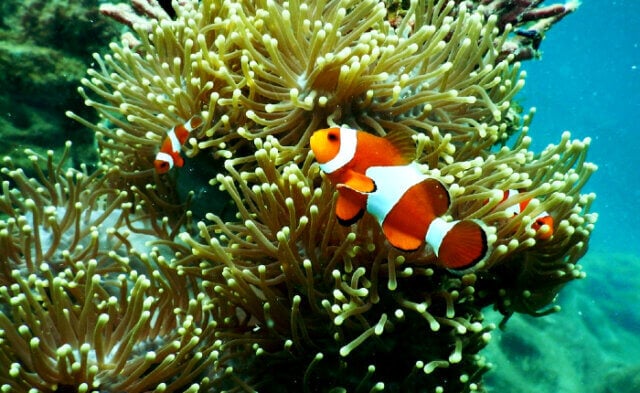For several days earlier this month—which happens to be National Pest Management Month, according to the National Pest Management Association—I lived with an alarmingly large cockroach inside my utility room. I first noticed her on a Sunday afternoon on the wall by the door, just out of arm’s reach. She stayed in the same vicinity for days—either high up on the wall or on top of the door frame—and while I wasn’t exactly thrilled with my new houseguest, she wasn’t hurting anything. By Thursday, she’d ventured far enough outside her safety zone that I was able to gently flick her off the wall and into a bucket, after which I carried her outside and released her.
When I later told this story to a friend, he said, “I would have sent that cockroach to nirvana.” But why? Why deny, as writer Tim Kreider put it in an essay in The New York Times, another being’s “single chance to be alive”? If we have a choice between kindness and cruelty, shouldn’t we always err on the side of compassion?
Here are a few things you may not know about cockroaches. Earlier this year, researchers from the Université Libre de Bruxelles published a study showing that cockroaches have individual personalities. The researchers released groups of American cockroaches into a brightly lit arena that contained two shelters and then left them alone for three hours while observing their behavior. The more timid roaches quickly sought cover, while those who were bolder were more likely to explore their surroundings. These varying personality traits could help explain how cockroaches are able to adapt to and survive in inhospitable environments.
Researchers with North Carolina State University discovered that some populations of German cockroaches have undergone changes to their internal chemistry so that sugar tastes bitter to them. In other words, these roaches have evolved to avoid sweet-tasting but deadly poison baits.
A 2010 study by scientists at Queen Mary University of London found that cockroaches are social beings who “talk” to one another about food and prefer to dine in groups. When presented with two identical slices of bread, the roaches repeatedly gathered around the same slice, rather than splitting up.
Cockroaches can recognize individual members of their own families. They live together in close-knit groups and make collective decisions—about where to seek shelter, for instance—that will benefit the entire cockroach clan.
In another study, researchers used computer simulations to show that, even with their tiny brains, insects have enough neural circuits to possess consciousness. “Animals with bigger brains are not necessarily more intelligent,” says Professor Lars Chittka, one of the researchers.
Several years ago, I attended a compassion meditation workshop conducted by a group of visiting Tibetan Buddhist monks. Just before our lunch break, one of the monks told us, “It is important to be kind to all beings—even to cockroaches.” This elicited laughter from some of the other workshop participants, but he wasn’t kidding. And while it may seem radical to extend compassion to a cockroach—or to a mosquito or a mouse or any other being we perceive to be a “pest”—if we don’t respect all life, then we don’t really respect any life. As Kreider says, “A bug may be a small, unimportant thing, but maybe killing or saving one isn’t. Every time I smush a bug I can feel myself smushing something else, too—an impulse toward mercy, a little throb of remorse. Maybe it would feel better to decide that killing even a bug matters.”






